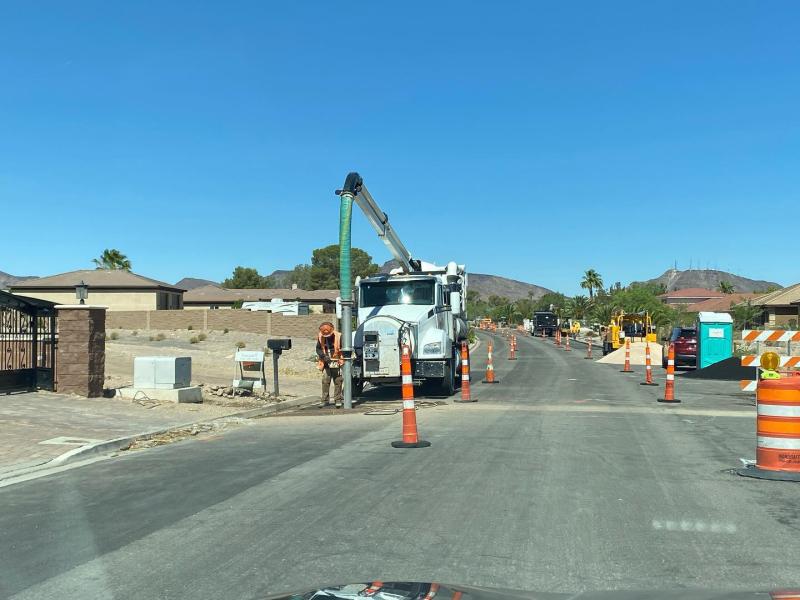The Hard Hat
The evolution of personal protective equipment (PPE) in the construction industry.
Posted 02:01 June 22, 2023
Last Updated 02:01 June 22, 2023

The history of the hard hat and the revolution of personal protective equipment (PPE) in the construction industry can be traced back to the 19th century. Here's an overview of their evolution:
Early Head Protection
In the early days of construction, workers did not have adequate protection for their heads. The dangers of falling objects, debris, and impacts were prevalent on construction sites, leading to numerous injuries and fatalities.
The E.D. Bullard Company
The modern hard hat owes its origin to the E.D. Bullard Company, founded by Edward Dickinson Bullard in the late 19th century. Bullard witnessed the need for improved head protection while visiting his father's mining operations. In 1919, Bullard introduced the "Hard Boiled Hat," a hat made of steamed canvas, glue, and black paint, which provided some protection against falling objects.
Aluminum Hard Hats
In the 1930s, Bullard's son, E.W. Bullard, developed a hard hat made of aluminum. This innovation improved head protection while reducing weight. The aluminum hard hat gained popularity in industries such as construction, mining, and manufacturing.
Fiberglass Reinforced Plastic (FRP) Hard Hats
In the 1940s, fiberglass-reinforced plastic (FRP) hard hats were introduced. These hats offered increased durability, resistance to heat and chemicals, and a lighter weight compared to their aluminum counterparts. FRP hard hats quickly became the industry standard.
Standardization and Safety Regulations
Over time, safety regulations and standards were established to ensure the proper use of personal protective equipment in the construction industry. Organizations such as the Occupational Safety and Health Administration (OSHA) in the United States and similar agencies worldwide set guidelines for the use of hard hats and other PPE to enhance worker safety.
Expanded Personal Protective Equipment
As awareness of workplace safety increased, the range of PPE expanded beyond hard hats. Construction workers are now equipped with various types of protective gear, including safety glasses, ear protection, high-visibility clothing, gloves, safety shoes, and respiratory protection.
Technological Advancements
With advancements in materials, design, and technology, modern hard hats have become more comfortable, versatile, and effective. They often feature suspension systems, adjustable headbands, and impact-resistant shells. Some models even incorporate additional safety features such as built-in lights, radios, or sensors for monitoring environmental conditions.
Overall Safety Culture
The revolution of PPE in the construction industry is not limited to the development of individual protective items but also includes a broader shift towards a safety-conscious culture. Construction companies now prioritize worker safety, providing training programs, implementing safety protocols, and fostering a proactive approach to hazard identification and mitigation.
The evolution of the hard hat and the revolution of personal protective equipment in the construction industry have significantly contributed to reducing injuries and improving worker safety. These advancements demonstrate the industry's commitment to protecting the well-being of construction workers and ensuring a safer working environment.
